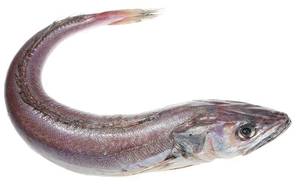UPV/EHU researchers decode the transcriptor of korrokoi
2009/12/01 Elhuyar Zientzia Iturria: Elhuyar aldizkaria

The research group Cell Biology in Environmental Toxicology of the Department of Zoology and Cell Biology of the UPV/EHU has just decoded the coconut transcription. Transcriptoma is the part that is transcribed or read from the genome. In most pluricellular beings, around 1.5% of the genome is found.
To carry out this research work, the UPV/EHU researchers captured several specimens of korrocoya in Ondarroa. From each specimen several organs were separated, such as liver, gills, gonads, brain, etc., from which the messenger RNA was extracted. Then the whole messenger of RNA has become additional DNA (cDNA).
All these additional DNA were sent to the sequencing service of the University of Newcastle. In fact, they have a new sequencing system, very fast and effective. In this way, the UPV research team has obtained all the information from the coconut transcript, 126 million nucleotides.
"Then comes the most tired work. Give meaning to all this information. That is, examining which genre each sequence corresponds to," says Ibon Cancio, project director.
"We have acquired parts of 18,332 genes. They are not all the genes of the corridor, but more than half" adds Cancio. With all this information they have developed a microchip of DNA that allows to investigate how the level of expression of all these genes is modified before contamination.
The UPV-EHU research team hopes to decode the spleen transcript next year to learn about the soil health status.

Gai honi buruzko eduki gehiago
Elhuyarrek garatutako teknologia




